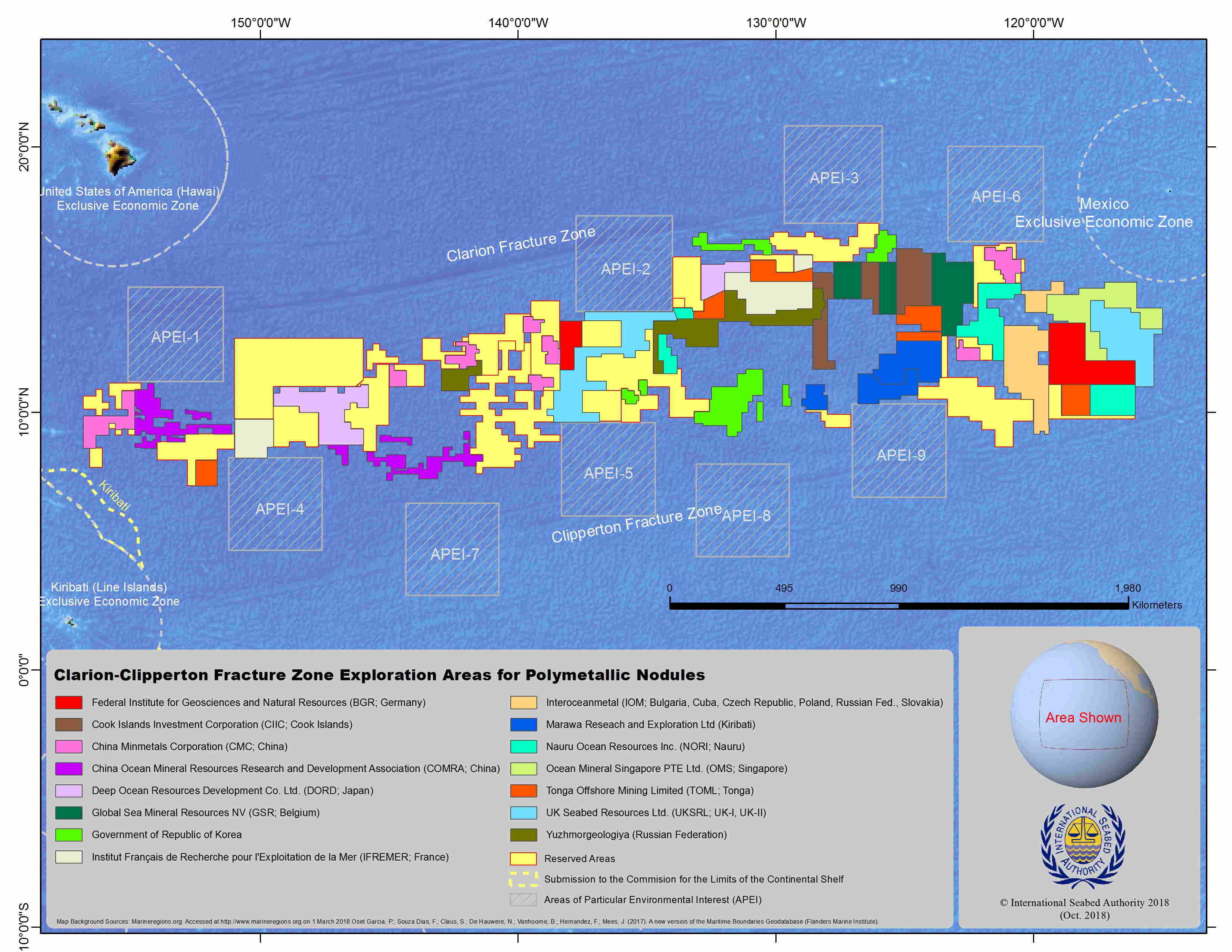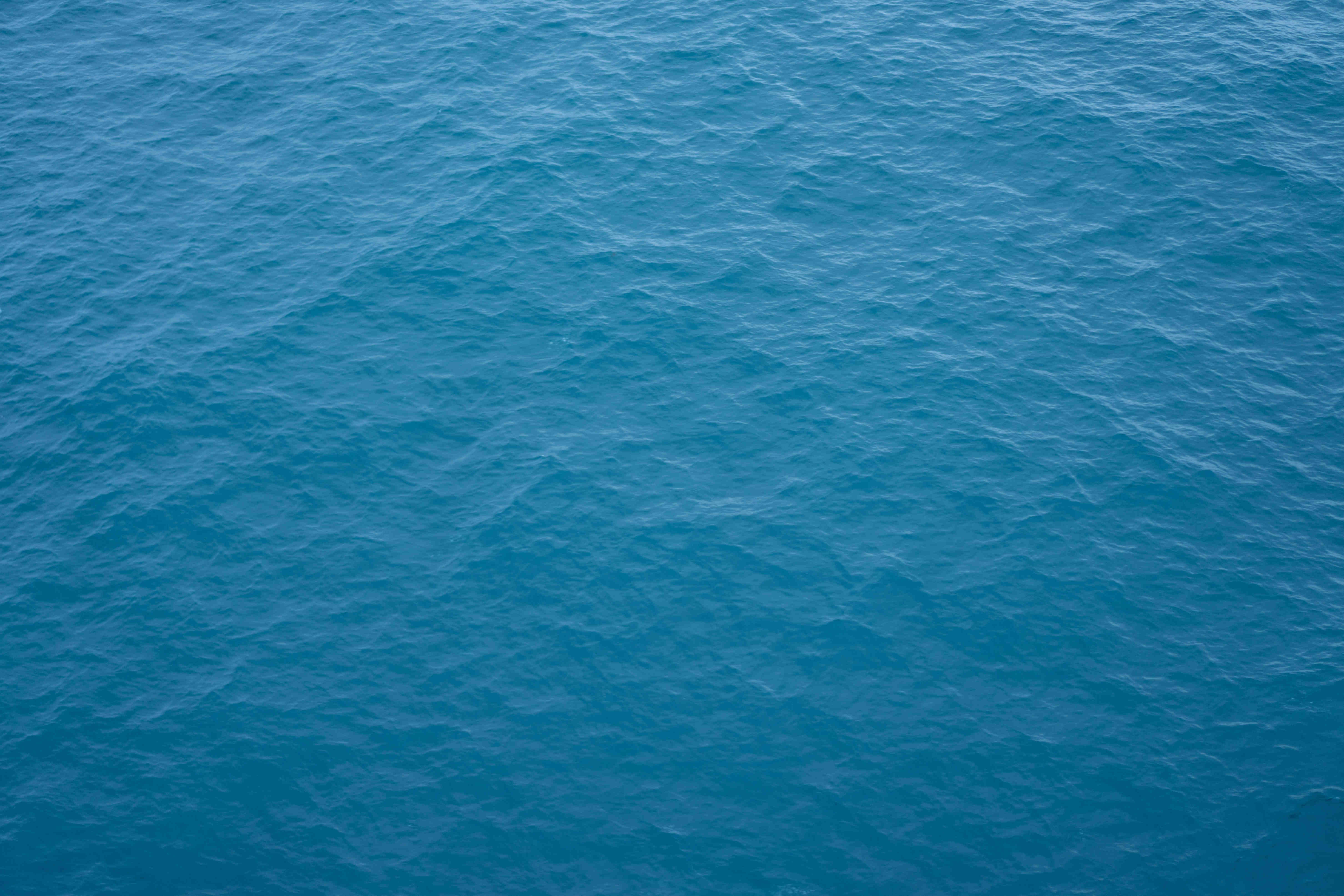Environmental protection efforts
The protection of the marine environment is an essential part of the ISA's mandate.1 It was already discussed in the Blog post Dangers what is at stake and that the ISA is the one in place and in power to ensure that none (or hopefully only some) of the potential dangers would materialize. Nevertheless, the existing obligations or statements on media are not something that we should look for when it comes to the actual environment protection. The only important part is actions and measures in place.
Obviously, the decision-making powers should clearly communicate their intentions and commitments, for instance, that the marine environment should be protected, the loss of biodiversity should be prevented. I am not trying to downgrade the importance of these statements, especially when they are in binding legal documents, but how far we can go if words and statements are the only thing that we do.
The idea of this post is to overview the current efforts of the protection of the marine environment by the ISA. You guess it right; the post will be short. When you put valid examples on the table and see what you have at hand there is not much. I am sure that much more is done, or it is in process at least behind the curtain, but it is how it is now (please let me know if I am missing something, I am more than happy to learn more about ISA's efforts).
Up to this point there are five main regions in which exploration (click here if you doubt about its meaning) activities have been permitted. It is mainly the Clarion Clipperton Fracture Zone, the Indian Ocean, the Mid-Atlantic Ridge, the Pacific Ocean and the South Atlantic Ocean.2
The Clarion Clipperton Fracture Zone has a management plan which was created in 2012 by ISA.3 Such plan was needed as this zone is considered to be the first area that will undergo development of the deep seabed mining as the most mineral deposits are there.4 So far, it is the only management plan that there is.
One of the main reasons to implement the management plan was to protect the fragile marine environment and unique marine ecosystems.5 The map that you see below illustrates areas that are already under exploration (multiple colours depending on the contractor), reserved areas (yellow with a red border) and protected areas (blocks with grey tilt lines). The most important aspect of today is the fact that this plan has created nine areas of particular environmental interest or APEIs (blocks with grey tilt lines).6

Clarion Clipperton Fracture zone. Credit - ISA website. Source - https://www.isa.org.jm/map/clarion-clipperton-fracture-zone)
The APEIs are to protect biodiversity and ecosystem structure and function by a system of representative seafloor areas closed to mining activities.7 In other words, those 9 APEIs are the only places which ISA fully protects from deep seabed mining no mining can take place. As you can see from the map, the other zones exceed the protected areas by a large margin, and it is only one of five main regions and other regions have no protected zones at all.
The bright side is that the ISA is working on new management plans that would include more APEIs. The priority regions are the Northwest Pacific and Indian Ocean, for more details visit ISA's website.
So far, this is the only obvious example of marine environment protection from deep seabed mining by ISA. Nevertheless, while the ISA is the ruler of the Area and deep seabed mining, it is not the only organisation that is concerned about the protection of the marine environment.
There are more initiatives and organisations that concern themselves about the marine environment and its protection. A new treaty creation process for Biodiversity beyond national jurisdiction (BBNJ) should enhance the biodiversity protection (read more here) and establishment of Maritime protected areas (MPA) that aims to combat climate changes and rebuild ecological resilience (read here) just to name a few of the new ones that you can look up.
It is always brighter in the future.
1 https://www.isa.org.jm/index.php/our-work/protection-marine-environment
2 Regional maps https://www.isa.org.jm/maps.
3 Decision of the Council relating to an environmental management plan for the Clarion-Clipperton Zone (26 July 2012) ISBA/18/C/22 (Decision on the Clarion-Clipperton Zone).
4 International Seabed Authority, Legal and Technical Commission Environmental Management Plan for the Clarion-Clipperton Zone (13 July 2011) ISBA/17/LTC/7 (Management Plan for the Clarion-Clipperton Zone) para 16.
5 Management Plan for the Clarion-Clipperton Zone para 35.
6 Decision on the Clarion-Clipperton Zone Annex.
7 Management Plan for the Clarion-Clipperton Zone para 39(a).
